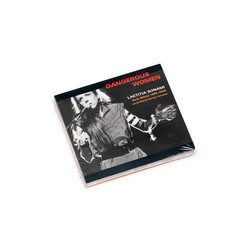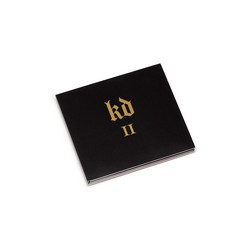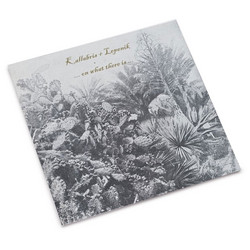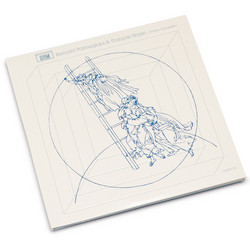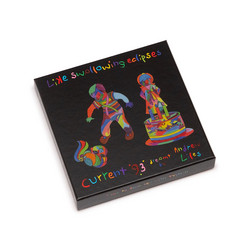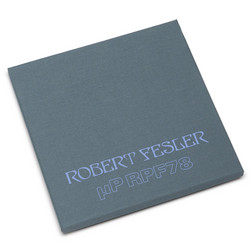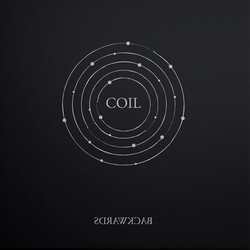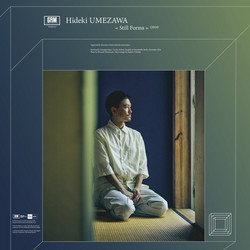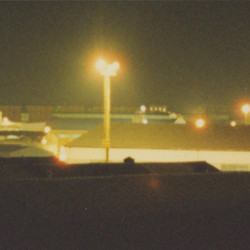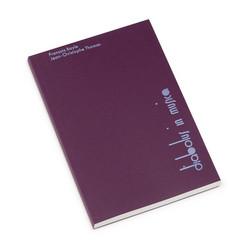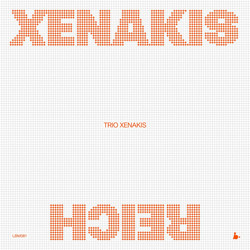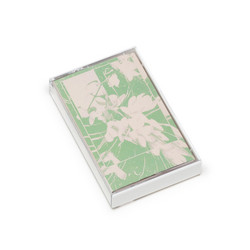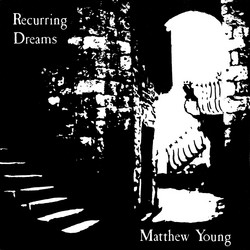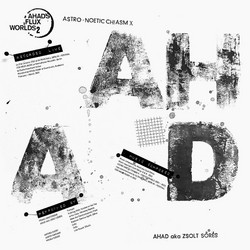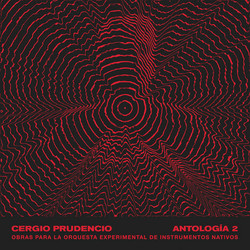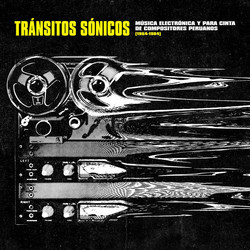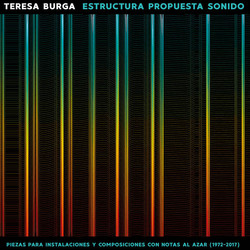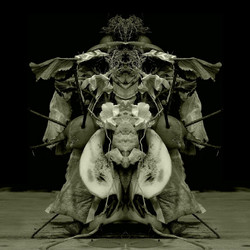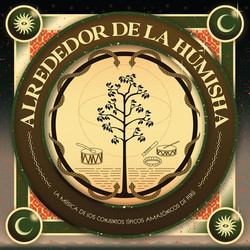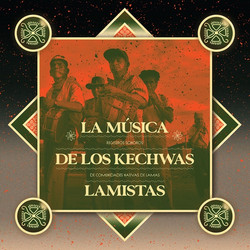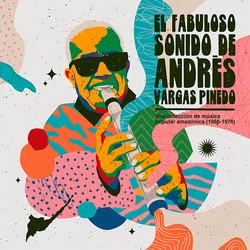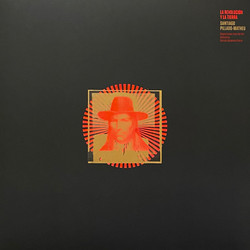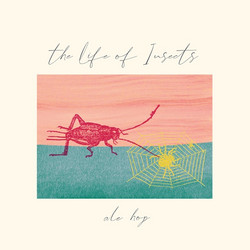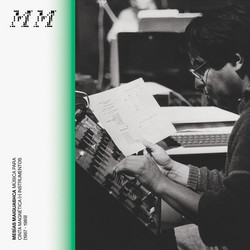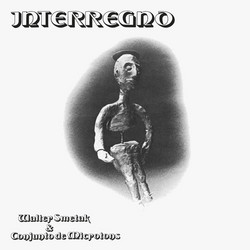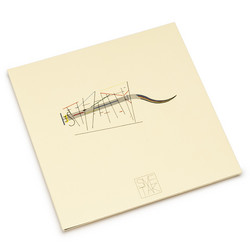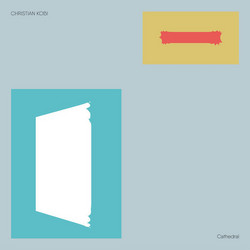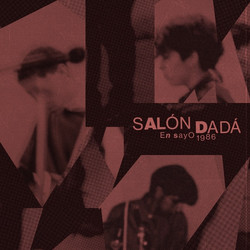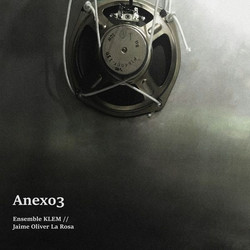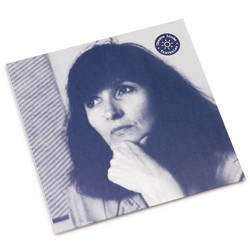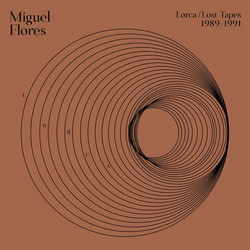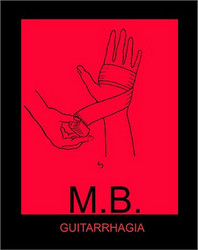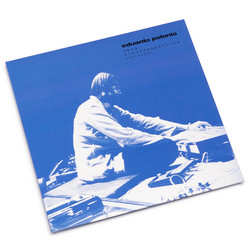Jacqueline Nova
Creación de la Tierra: Ecos palpitantes de Jacqueline Nova (1964-1974) 2LP
Super Tip! ** Edition of 300 ** Jacqueline Nova (Ghent, Belgium, 1935 - Bogotá, Colombia, 1975), a representative figure of Colombian avant-garde music, developed important and radical work within the field of electronic and instrumental music, as well as in interdisciplinary forms. This album, Creación de la Tierra - Ecos palpitantes de Jacqueline Nova: Música electroacústica e instrumental (1964-1974) ("Creation of the Earth - Throbbing Echoes of Jacqueline Nova: Electroacoustic and Instrumental Music (1964-1974)")¸ under the curatorship and research of the Colombian composer Ana María Romano G., recovers Nova's most important electroacoustic works: "Creación de la tierra (Creation of the Earth)" (1972), "Oposición-Fusión (Opposition-Fusion)" (1968) and "Resonancias 1 (Resonances 1)" (1968-69), as well as the music for the film Camilo el cura guerrillero (Camilo the Guerrilla Priest) (1974), composed during her stay at the Centro Latinoamericano de Altos Estudios Musicales (CLAEM) , of the Torcuato Di Tella Institute, in Buenos Aires, as well as in the Study of Phonology of the University of Buenos Aires. The compilation also includes the instrumental works "Omaggio a Catullus" (1972-1974), "Transiciones (Transitions)" (1964-1965), and "Asuimetrías (Asymmetries)" (1967), in which she explores randomness, timbre possibilities or the encounter between acoustic and electronic media. The interest in experimenting with the human voice, and interdisciplinary work involving visual arts, were some of the aspects that have defined Jacqueline Nova's work. Ana María Romano has written: "Nova lived in an environment hostile to change, to debate and discussion, hostile to her being an autonomous and lesbian woman. She undertook feats that make her a pioneer, even though she did not set out to be taken as one, but only as a result of the commitment, dedication and passion of a creator with her society. Jacqueline Nova died in Bogotá of bone cancer. Her tragic and early death not only cut short a career in full creative force, but also directly affected the development of electroacoustic music in the country. After her death there was a great silence -- close to 15 years -- in musical creation with electronic means. Nova challenged a conservative milieu and survived alone, working in a field thought to be exclusively masculine. But it was a woman who strengthened the use of technology in Colombian music. A risky bet that sadly represented a high cost: Nova was relegated during her lifetime, but her noises managed to shake and question the comfort zones of the Colombian musical establishment." Includes a booklet with extensive information written by Ana María Romano G.

